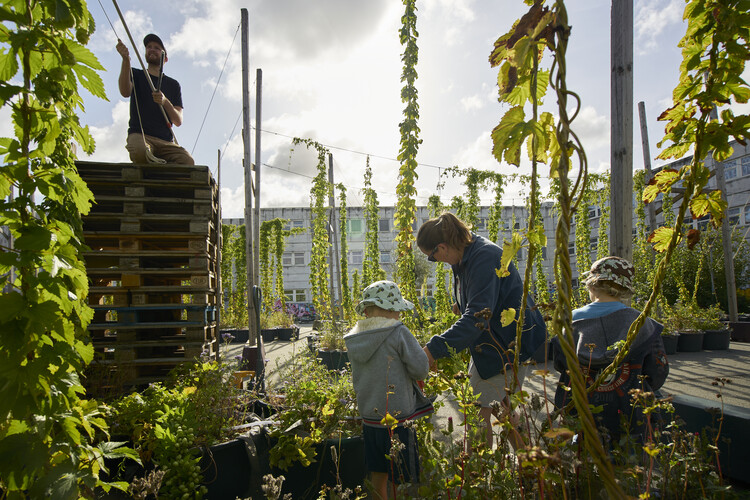
The Obel Award is an international award that seeks to highlight unusual and original initiatives within the architectural profession. With the support of the Henrik Frode Obel Foundation, each annual award is focused on a specific theme. By exploring a different challenge of the built environment each year, the award remains open to a wide range of architectural solutions and innovations, honoring those contributions that have a positive impact on both people and the planet.
“LITH Architectures,” the theme of the recently announced 2024 edition, explores participatory design, co-creation, and interdisciplinary collaboration, challenging traditional roles in architecture to foster inclusive and adaptable environments. It aims to empower all stakeholders and improve collective intelligence in architecture.


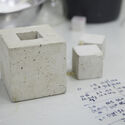
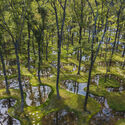

Read on to find out about previous Obel Prize winners, showing how each has thoughtfully addressed their respective themes, highlighting the diverse and influential approaches that the award celebrates across the years.
Related Article
The Obel Award Announces Theme for its 6th Cycle, 2024 Edition
Super live water / SCHEME
Obel Award 2023: Adaptation
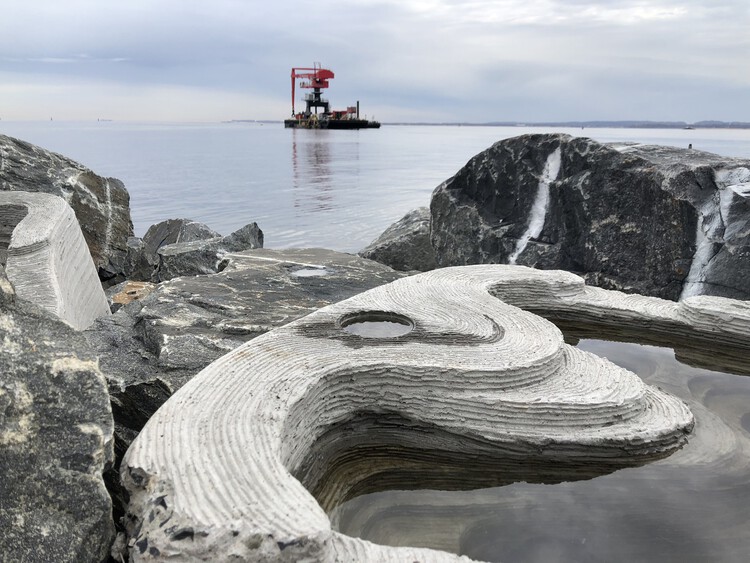
The project is designed for shoreline erosion, ecological restoration, and community engagement along the southern shore of Staten Island. initiated after Superstorm Sandy under the Rebuild by Design competition, the project features 2,400 linear feet of ecologically enhanced concrete and stone waterfront walkways. These structures are engineered to mitigate wave damage, reduce erosion, and create habitat spaces for marine species such as oysters and finfish. Oysters, a key component of the artificial reefs, are expected to naturally fill and strengthen the breakwaters over time.
The initiative is in line with the Obel Prize theme for 2023: Adaptation. Through this theme, the award seeks to recognize projects that demonstrate flexibility and resilience by adapting to a rapidly changing environment. In addition to ecological restoration, the initiative fosters community participation through educational initiatives aimed at promoting environmental stewardship and recreation. By embedding citizen engagement, science and cultural connections to the coast, the project empowers local communities to participate in ecologically based conservation efforts.
Concrete / Seratech Carbon Neutral
Obel Prize 2022: Emissions

PhD students Sam Draper and Barney Shanks from Imperial College London Seratech have developed a method to create carbon neutral concrete. This innovative technology captures CO2 directly from industrial emissions and stores it by producing a silica cement additive. This additive can replace up to 40% of Portland cement in concrete, resulting in zero carbon products. The necessary materials, CO2 waste and magnesium silicate minerals are abundant worldwide, and the process can seamlessly integrate into existing manufacturing lines without significant changes.
Given the significant carbon footprint of the construction industry, Seratech technology offers a promising solution to significantly reduce emissions worldwide by enabling carbon neutral concrete production. The process is also aligned with the theme of the Ober Award 2022, ‘Emissions’, looking for ways to minimize carbon emissions within the construction industry through processes that are feasible for global implementation.
Read more: “Making Sustainable Construction Achieving the Right Material for the Right Job”: In Conversation With Seratech
15 Minute City / Carlos Moreno
Obel Prize 2021: Cities

The 15-minute city is an urban design concept that ensures that all residents can access daily needs such as work, housing, food, health, education and leisure within a 15-minute walk or bike ride. This model aims to improve urban life by reducing traffic and pollution. Pioneered in Paris under Mayor Anne Hidalgo with the collaboration of Carlos Moreno, it has been adopted by cities around the world, including Chengdu and Melbourne. The model came to the fore in 2020 as cities sought sustainable post-COVID-19 recovery strategies.
Read more: “A Framework for Developing a Happy Proximity:” In Conversation with Carlos Moreno, Pioneer of the 15 Minute City
Anandaloy (The Place of Deep Joy) / Anna Heringer
Obel Award 2020: Repair
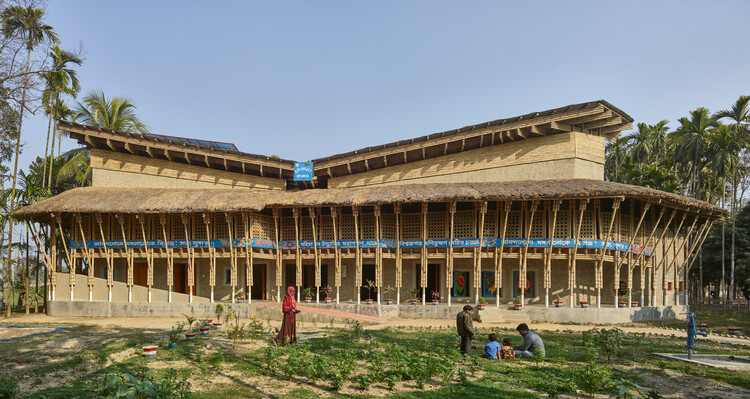
Anandaloy, meaning “Place of Deep Joy” in the local Bangla/Bengali dialect, is an unusual, multi-purpose building in northern Bangladesh, designed by German architect Anna Heringer. There is a therapy center for people with disabilities on the ground floor and a fair trade textile studio for local women on the top floor. Constructed from sustainable materials such as mud and bamboo, the curved design of the building incorporates a ramp, creating playful spaces and quiet nooks and crannies. Anandaloy integrates architectural innovation with social equity, using local materials and craftsmanship to reflect cultural values. This project enriches lives by addressing diverse needs and promoting environmental and social sustainability.
Art Biotope Water Garden / Junya Ishigami + Associates
Obel Award 2019: Wellbeing
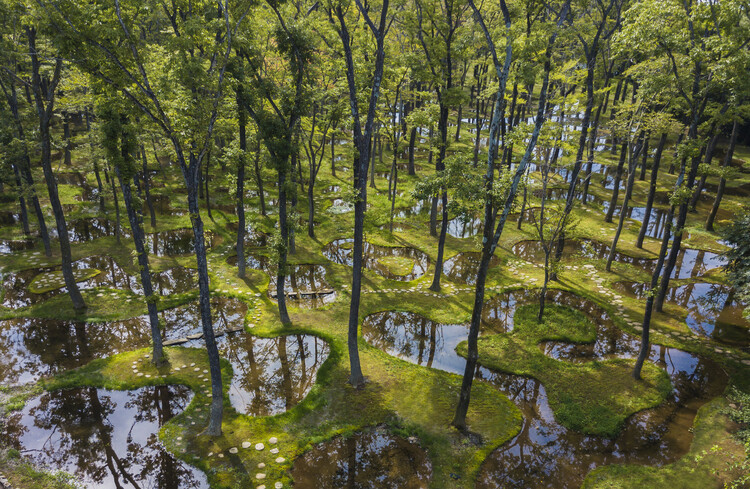
Art Biotope Water Garden in Tochigi, Japan, created by Junya Ishigami, is a unique combination of architecture, art and environmentalism, redefining human interaction with nature. Originally a forest site for a hotel, the project involved relocating trees to a nearby meadow, blending the former paddy field landscape with a mossy forest. This transformation creates an artificial but inherently natural environment, with many interconnected ponds that are integrated into the existing irrigation system. The garden reflects the poetic synergy of past and present landscapes, encouraging a deep appreciation of nature. It shows how architectural interventions can exist in harmony with and enhance the natural world to improve the well-being of people and ecosystems.
#Pioneering #Change #Obel #Award #Recognizes #Transformative #Innovations